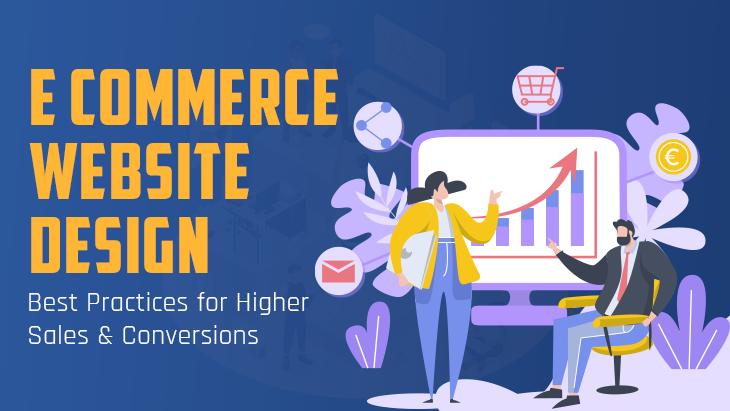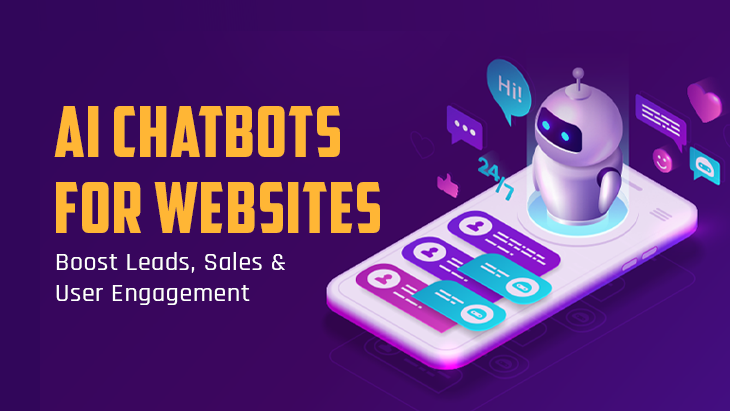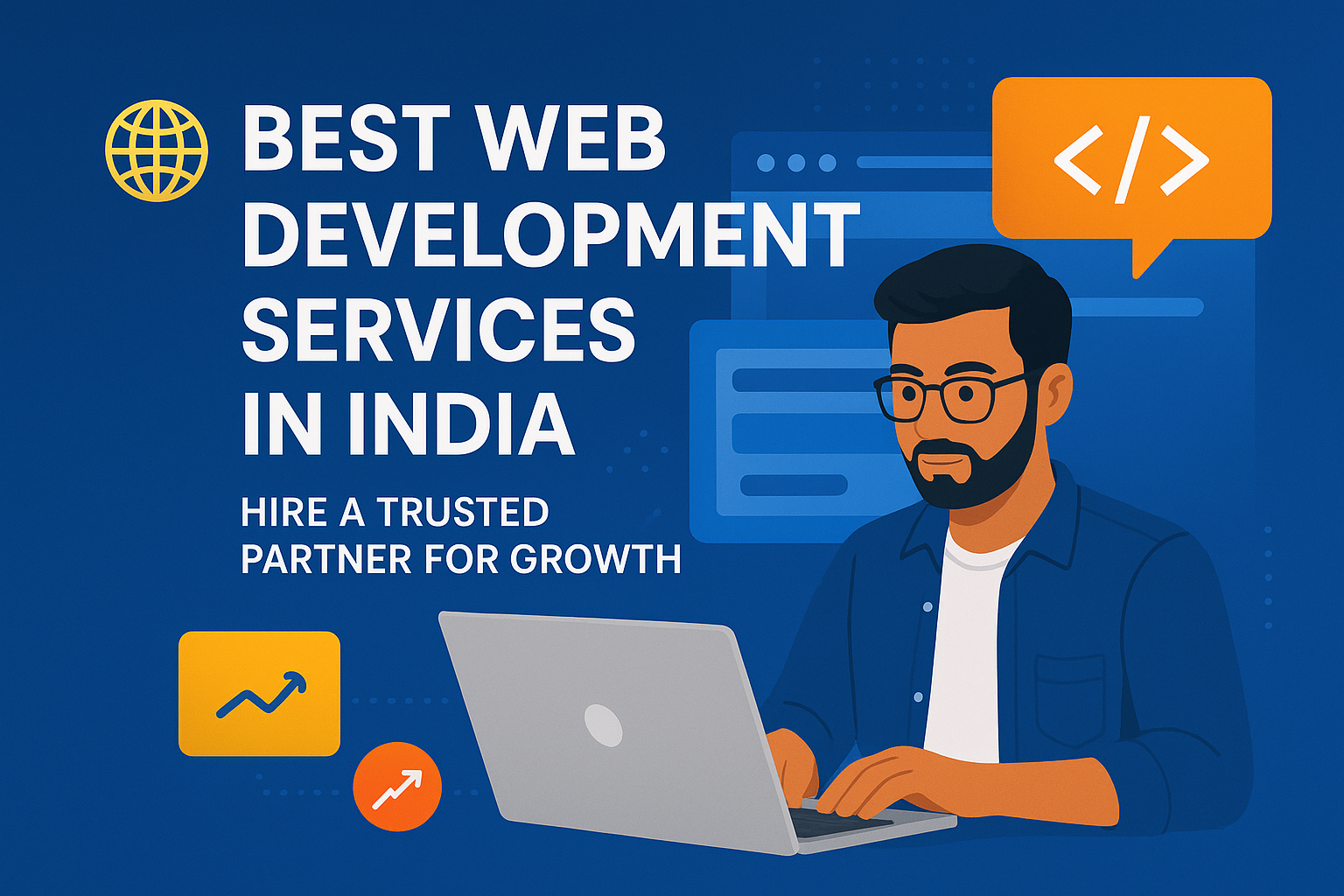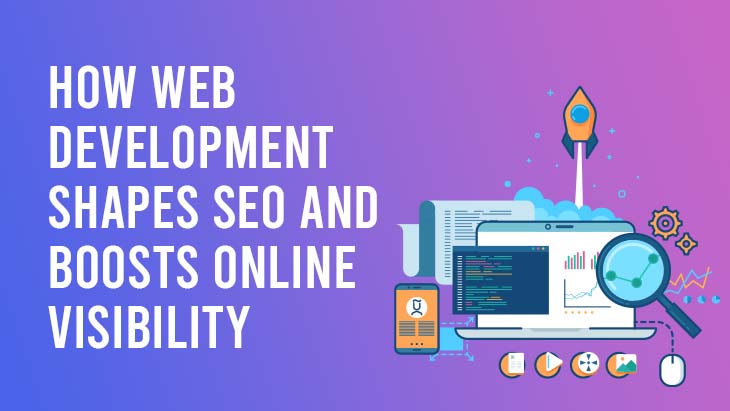Great ecommerce design is simple, fast, and trustworthy. It helps shoppers find the right product, understand its value, and check out with zero friction—especially on mobile. This guide distills high‑impact best practices you can deploy in weeks, not months.
Prioritize clarity, speed, and trust. Ship a mobile‑first layout, frictionless navigation/search, conversion‑ready product pages, and a 2‑minute checkout. Back it with fast performance (LCP ≤ 2.5s, CLS ≤ 0.1, INP ≤ 200ms), clear trust signals, and data‑driven A/B testing.
Principles that drive ecommerce conversions
- Clarity: One primary action per page. Punchy headlines, scannable bullets, and readable prices.
- Speed: Faster pages convert better—especially on mobile. Optimize LCP, CLS, INP.
- Trust: Reviews, returns, secure payments, and clear shipping costs visible pre‑checkout.
- Focus: Remove distractions near critical CTAs; use generous whitespace and high contrast.
- Feedback: Show states (added to cart, errors, progress, stock levels).
Above‑the‑fold essentials
- Clear value prop: What you sell and why it’s different in one line.
- Primary CTA: Shop Now, View Collection, or primary category tiles.
- Social proof: Star rating count or “Trusted by X,000 customers.”
- Speed boosters: Compressed hero (WebP/AVIF), fetchpriority=high, minimal animation.
Navigation, search, filters, and sort
- Mega‑menu clarity: Top categories with image cues; avoid deep nesting on mobile.
- Predictive search: Autocomplete with products, categories, and recent views; highlight free shipping/discount tags.
- Filters you can see: Sticky, collapsible filters with multi‑select, price slider, size/color swatches.
- Useful sort: Relevance, Top Rated, Best‑selling, Price, New.
Product listing pages (PLP) that convert
- Card design: Big image, quick title, price, rating count, variant swatches, and a quick‑add button.
- Merchandising: “Bestseller,” “Limited stock,” “New” badges; dynamic banners for free‑shipping thresholds.
- Pagination: Infinite scroll with a sticky “Back to top” and preserved state when returning from PDPs.
Product detail pages (PDP): a complete checklist
Media
- 6–8 high‑res images (WebP), zoom, 360° or short video
- Lifestyle + scale photos; show variants in the main gallery
Content
- Benefit‑led headline and 3–5 bullets
- Detailed specs in tabs/accordions; sizing guide with fit notes
- Price, savings, and clear stock indicators
CTAs
- Primary Add to Cart; secondary Buy Now; sticky add‑to‑cart on mobile
- Variant selection with disabled unavailable options
Trust
- Reviews with filters; user photos; Q&A
- Badges: free returns, warranty, secure checkout
Confidence
- Delivery ETA by postcode; shipping/returns link near the price
- Payment options (PayPal/UPI/Apple/BNPL) surfaced pre‑click
Cross‑sell
- “Pairs well with,” bundles, or frequently bought together
Tech
- Structured data (Product, Review, Offer); canonical/variant SEO
- Lightweight image gallery; defer non‑essential scripts
Cart and checkout optimization
Cart
- Editable quantities, save for later, shipping/returns notes, delivery ETA
- Free shipping progress bar and relevant upsells only
Checkout
- Guest checkout by default; express pay wallets top row
- One‑page or clear stepper; inline errors; address autocomplete
- Auto‑apply coupon fields; don’t hide them behind links on promo traffic
- Trust badges and support contact; concise privacy copy
Post‑purchase
- Clear confirmation page, email, and order tracking; easy returns start point
Mobile‑first patterns that matter
- Thumb‑zone layout; large tap targets (44px+)
- Sticky add‑to‑cart and sticky filters on PLPs
- Collapsible content blocks; avoid heavy carousels
- Keyboard‑friendly forms; numeric keypad for phone/ZIP
- Avoid intrusive pop‑ups; use toasts/bottom sheets
Read this also: How Responsive Web Design Boosts SEO and User Experience
Speed and Core Web Vitals (for ecommerce)
- Targets: LCP ≤ 2.5s, CLS ≤ 0.1, INP ≤ 200ms (mobile, 75th percentile field data)
- LCP: Optimize hero/product gallery image; eager‑load first image; preload fonts/critical CSS
- CLS: Reserve space for images, badges, and notices; stabilize prices and CTAs
- INP: Delay non‑essential JS (A/B, chat, pixels); split bundles; limit heavy sliders
- Infra: Edge caching (APO/QUIC), image CDN, HTTP/3, Redis/object cache for dynamic pages
Trust, reviews, and social proof
- Show rating distribution, recent reviews, and verified badges
- UGC gallery with moderation; community FAQs
- Security: SSL, PCI‑aware gateways, clear data practices
- Policies: Returns and warranty summarized above the fold (link to full pages)
Personalization and merchandising
- Homepage: Segment by top categories, season, or behavior (new vs returning)
- PDPs: Dynamic cross‑sell/upsell; recently viewed; “complete the look”
- PLPs: Personalized sort order (opt‑in) and inventory‑aware promotions
Accessibility and inclusivity
- WCAG 2.2 AA: Color contrast, focus states, keyboard nav, form labels, ARIA
- Media: Alt text, captions, readable font size; avoid text in images
- Motion: Respect reduced motion; limit parallax/heavy animations
Measurement, analytics, and experimentation
- GA4 events: view_item_list, select_item, view_item, add_to_cart, begin_checkout, add_shipping_info, purchase
- Funnel monitoring: Landing → PLP → PDP → Cart → Checkout steps → Purchase
- Test cadence: One A/B test per critical template at a time; ship wins globally
- Guardrails: Don’t test price fairness, returns visibility, or core trust signals away
Post‑purchase UX and retention
- Transactional emails with delivery ETA and helpful links
- Order tracking with SMS/WhatsApp updates
- Easy initiation of returns/exchanges; instant store credit option
- Post‑purchase cross‑sell that respects context; loyalty enrollment
20‑step implementation checklist
- Clarify homepage hero: value, categories, primary CTA
- Simplify mega‑menu; add mobile‑first nav patterns
- Add predictive search with products and categories
- Make filters sticky; add multi‑select and swatches
- Redesign PLP cards: image, price, rating, quick‑add
- Add lifestyle/scale images and a short PDP video
- Place sticky add‑to‑cart on mobile PDPs
- Surface shipping, returns, and payment options near price
- Add review filters, UGC, and Q&A
- Enable guest checkout + express wallets
- Inline form validation; address autocomplete
- Show delivery ETA in cart/checkout
- Optimize hero and gallery for LCP; preload fonts/critical CSS
- Reserve space for images/notices; prevent CLS
- Delay/defer non‑critical JS; trim third‑party tags
- Implement Product/Review/Offer schema
- Add free‑shipping progress and relevant upsells in cart
- Improve order confirmation and tracking UX
- Set up GA4 funnel tracking + event audits
- Plan a 90‑day A/B roadmap (PDP CTA, checkout layout, search)
FAQs
Q: What’s the fastest way to lift ecommerce conversions?
A: Optimize PDPs and checkout: clear value, strong media, sticky add‑to‑cart, guest checkout with express wallets, and fast mobile performance.
Q: How do Core Web Vitals affect sales?
A: Faster, stable pages reduce friction. Improving LCP/CLS/INP increases engagement and conversion—especially on mobile and paid traffic.
Q: What images convert best?
A: Lifestyle + detail + scale, plus short 6–12s videos. Show variants in the main gallery. Keep first image lean for LCP.
Q: One‑page checkout or multi‑step?
A: Either can win—what matters is clarity and speed. Use express wallets, inline errors, and minimal fields. Test in your market.
Q: How long until I see results?
A: Many fixes (PDP clarity, sticky ATC, guest checkout) move metrics in weeks. Field performance data (CrUX) updates over ~28 days.
Conclusion: Transform Your eCommerce Website Into a Growth Engine
Success in eCommerce isn’t just about having great products — it’s about delivering an exceptional user experience that converts visitors into loyal customers. A well-optimized website, built on the right eCommerce web development strategy, can make all the difference between traffic that bounces and traffic that buys.
By focusing on speed, clarity, and trust, your store can create a seamless journey — from product discovery to checkout. Every design choice, line of code, and micro-interaction contributes to stronger conversions and a better brand experience.
Let’s build an eCommerce experience that performs, converts, and grows.
Request your audit or talk to our eCommerce web development experts today.






Post Comments